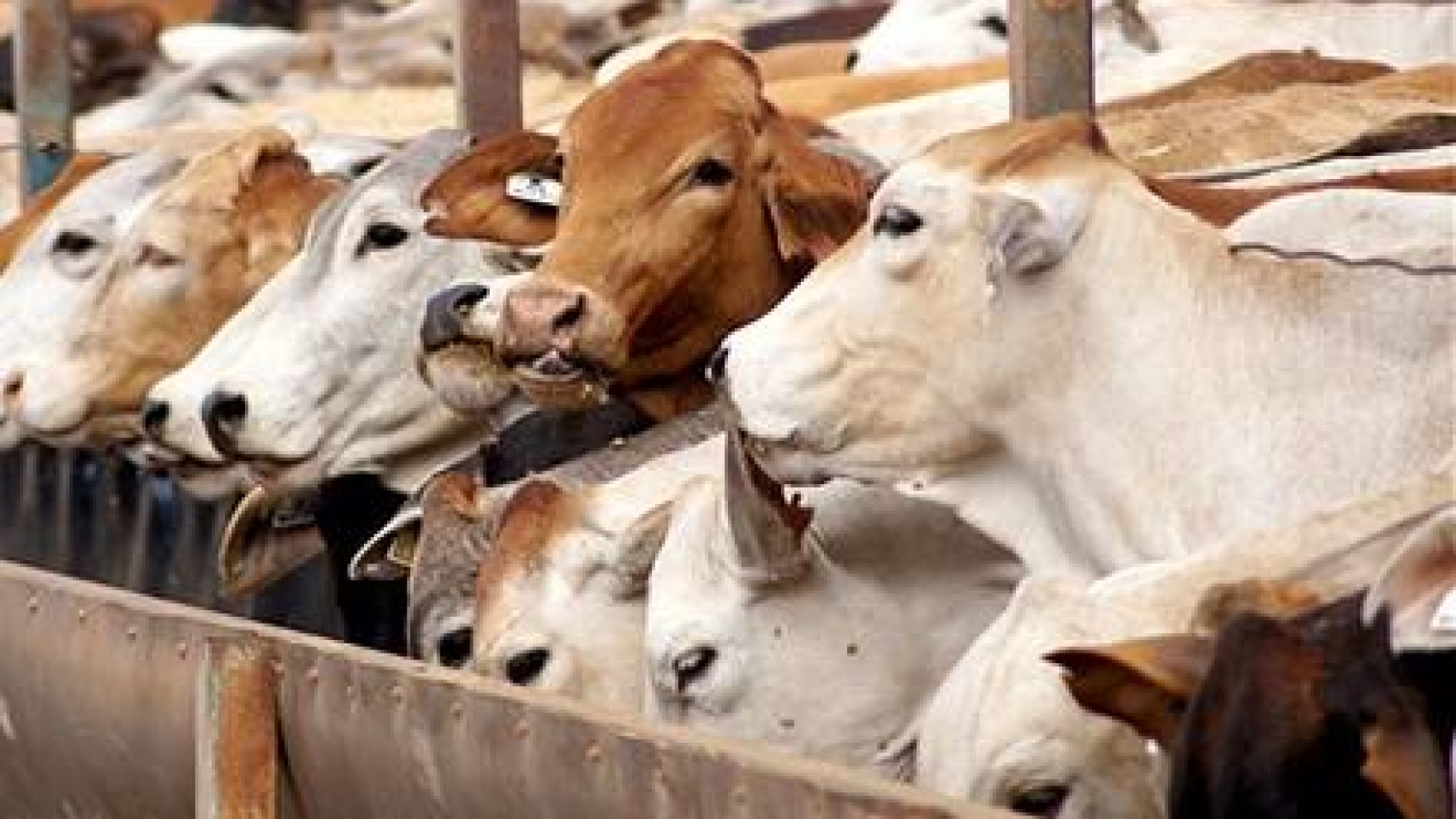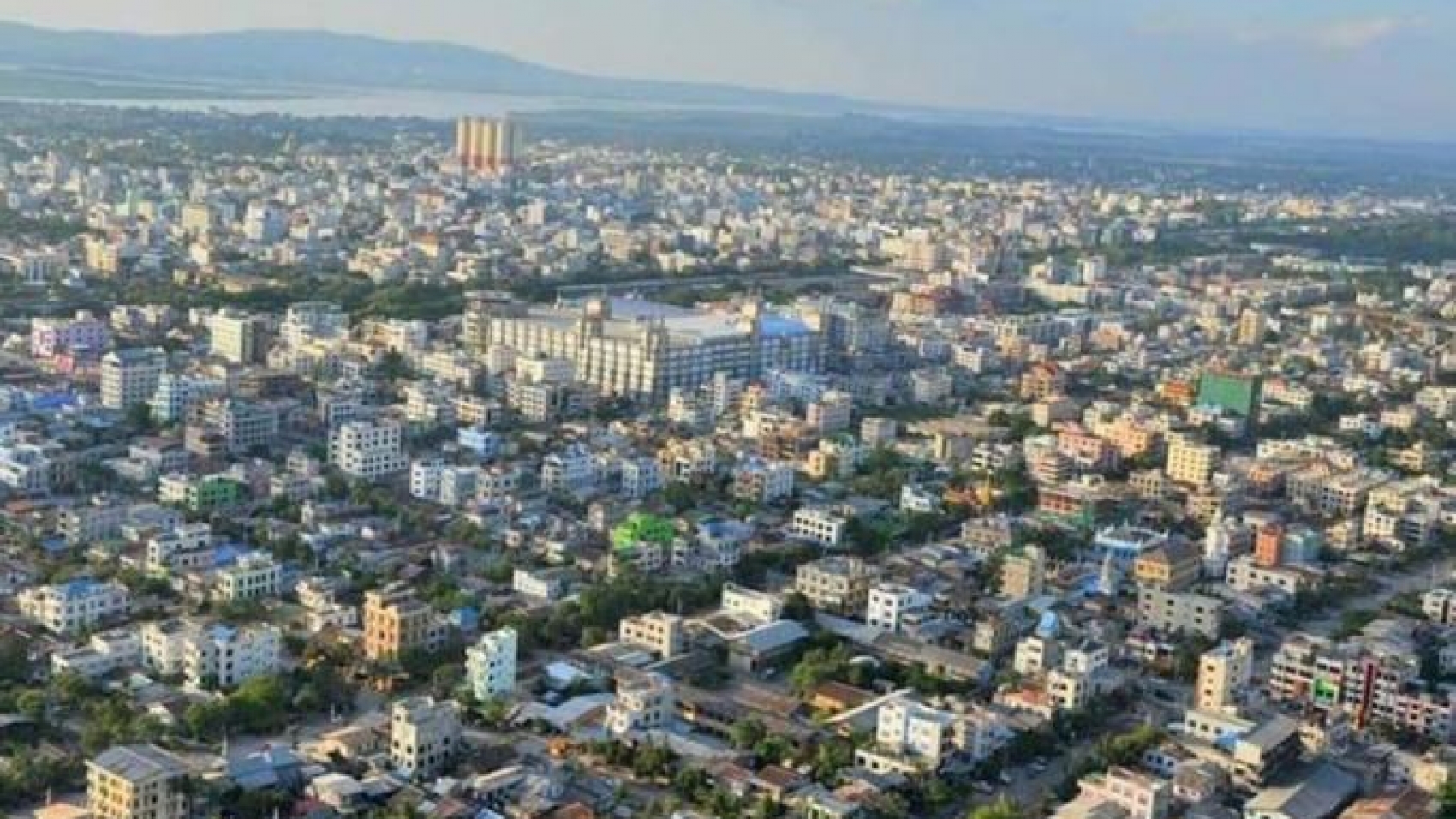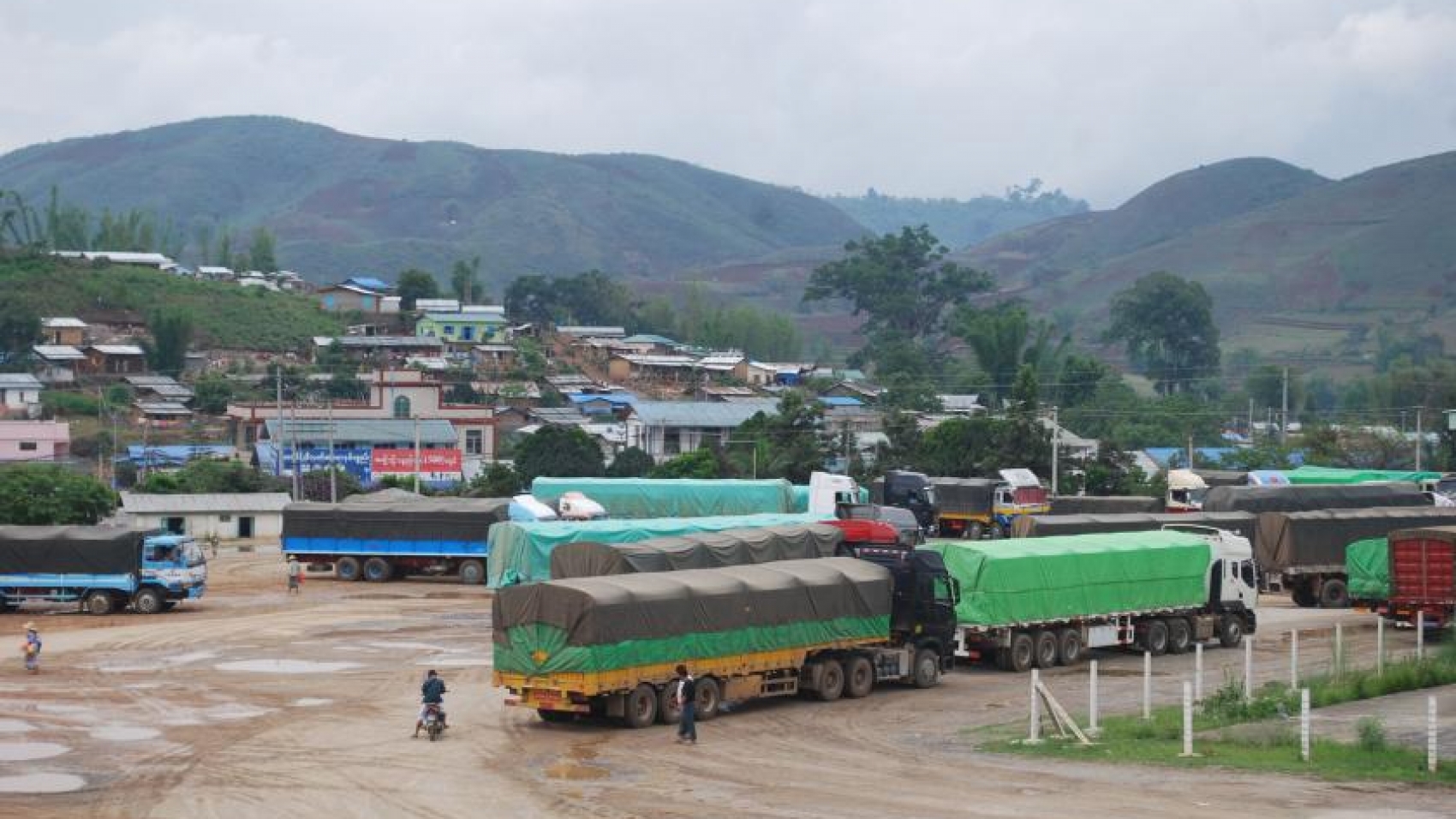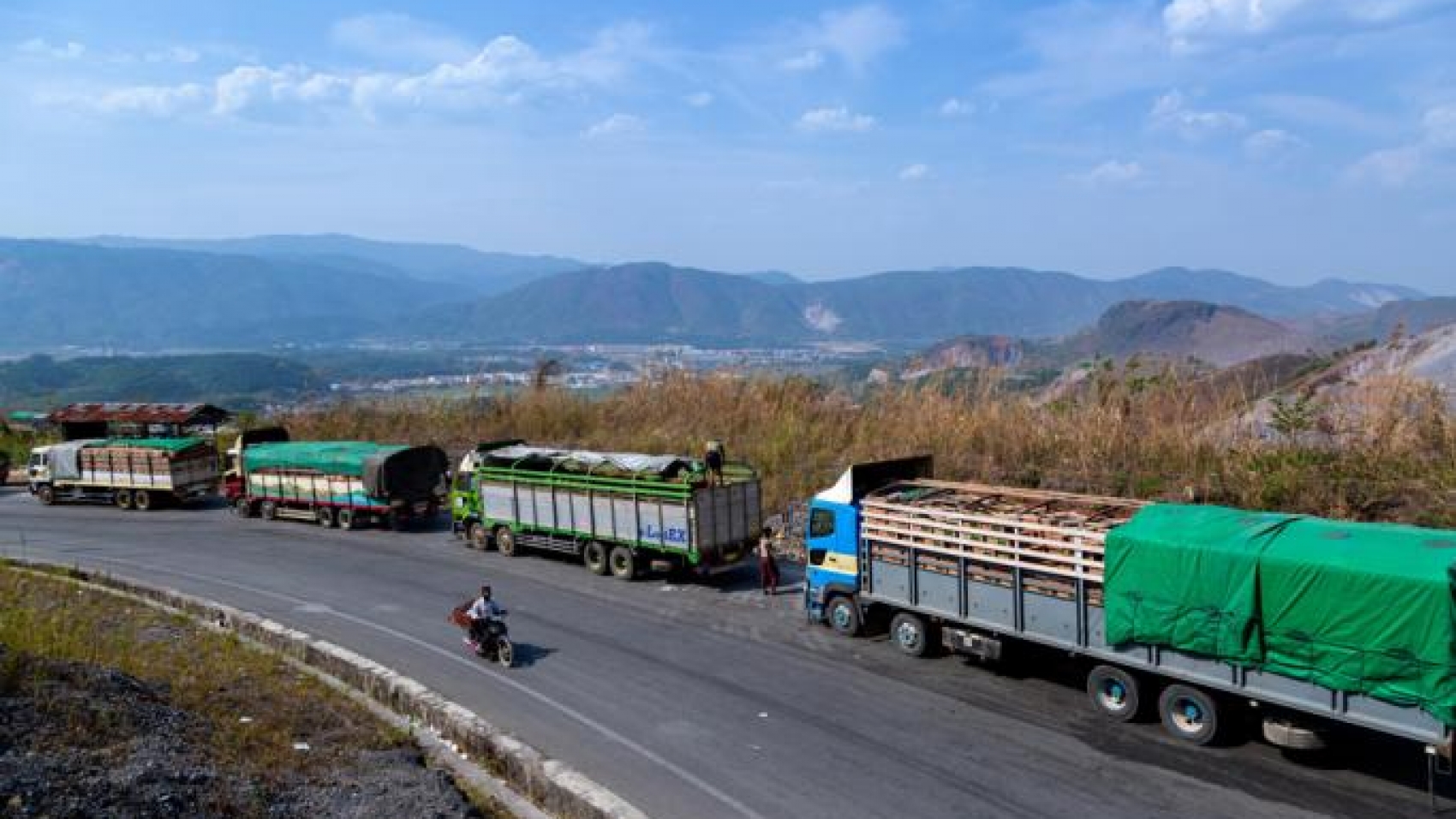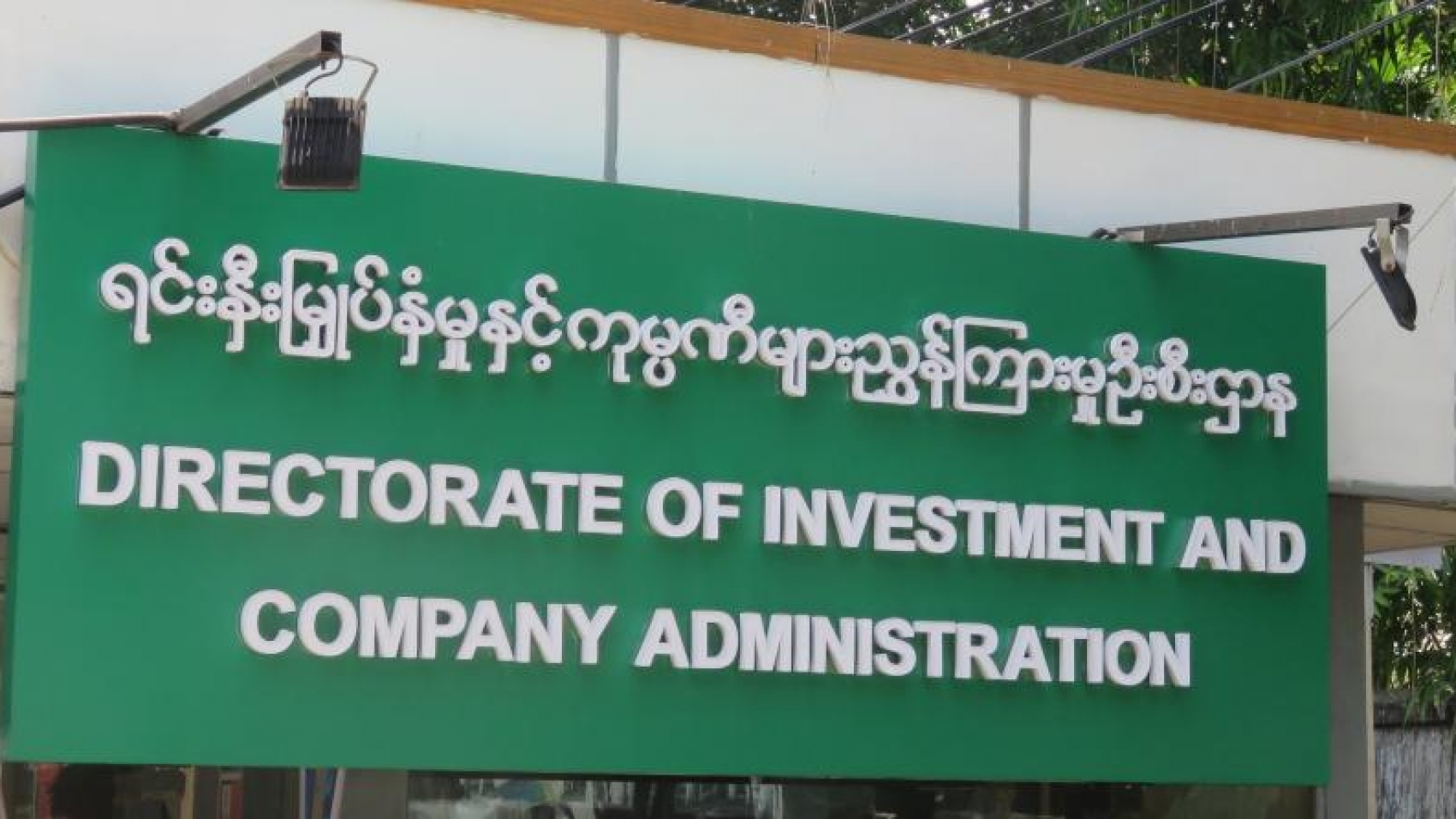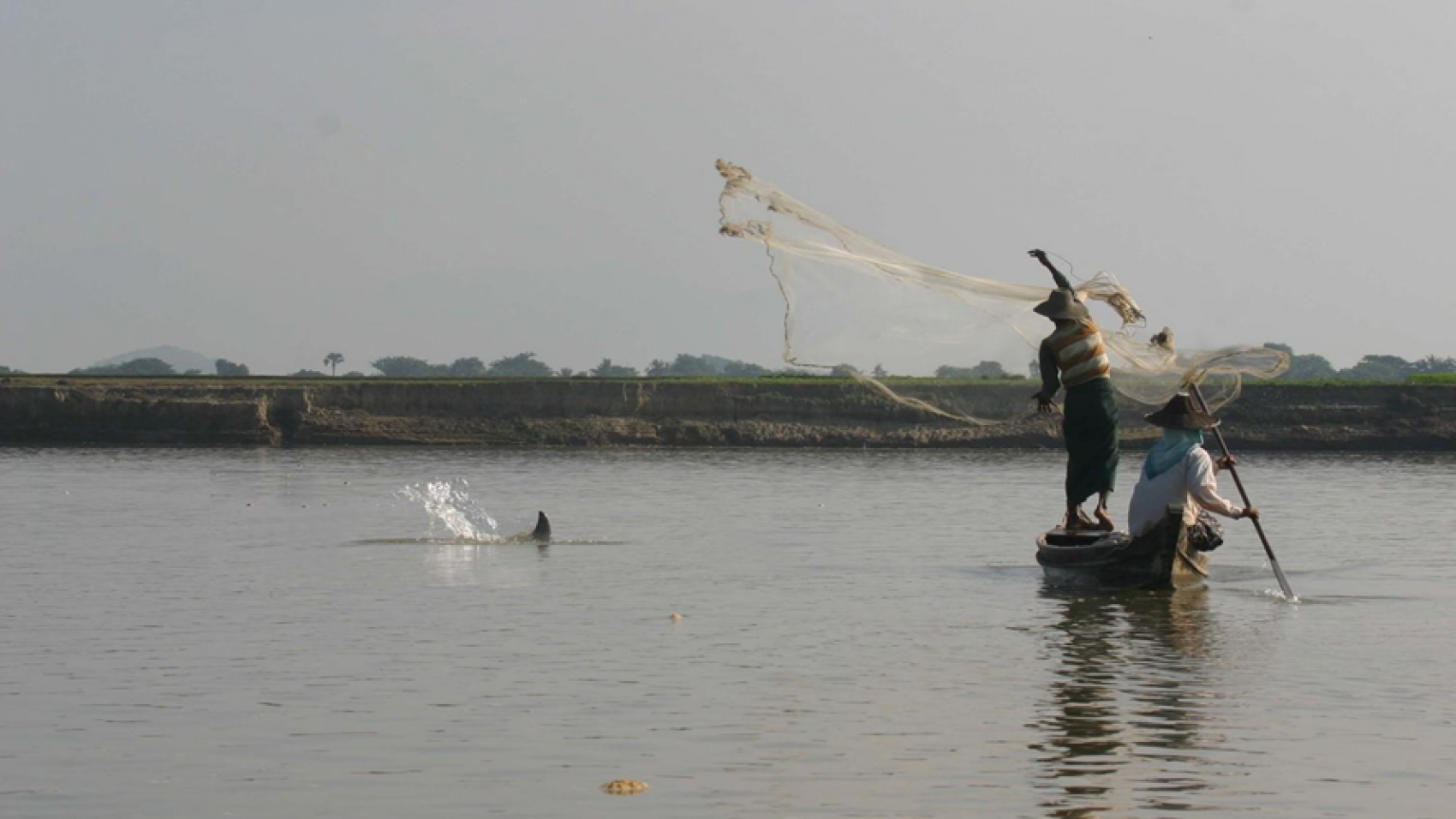Myanmar’s exports of animal products in the financial year 2020-2021 touched a low of US$18.8 million, a sharp drop of $88.9 million compared with the corresponding period of the 2019-2020FY since livestock trading was suspended by China. In the 2019-2020FY, animal products exports were registered at $107.7 million. Animal products exports are solely driven by the private sector. Live cattle trade is booming on Myanmar’s black market, with 2,000 heads of cattle daily sent to China, said U Soe Naing, chair of Mandalay Region Cattle Exporters Association. Chinese traders are constantly purchasing cattle on the black market across the border between Myanmar and China, despite the suspension of cross-border trade. At present, the black market has been stronger. The legitimate market has halted since late 2020.
Following about 15,000 heads of cattle stranded in Muse last year, traders embarked on illegal sales. Around 6,000 heads of cattle are still stuck in Muse, he continued. For legitimate trade, China permits live cattle import only after ensuring the cattle is free from 20 diseases, including Foot and Mouth Disease, along with vaccination certificates, health certificates, and farming registration certificates. Those import criteria do not matter on the black market. Myanmar’s live cattle export is heavily relying on the China market due to a good price although Myanmar has other external markets such as Laos, Thailand, Malaysia and Bangladesh. The Ministry of Commerce grants a permit to each company for 100 cattle export and the permit is valid for three months.
The companies can be taken legal action if they do not sell the cattle during the three months. Live cattle export was allowed in late 2017, with a view to eradicating illegal exports, creating more opportunities for breeders and promoting their interests. The country exports cattle that are above five years old, along with vaccination certificates, health certificates, and farming registration certificates. According to the 2018 cattle census, there are 11.5 million heads of cattle in the country. The authorities have issued cattle export licences to more than 300 companies in the Magway region. There are around 5,000 companies holding cattle export licences across the country. Since 2017, Myanmar has exported more than 540,000 heads of cattle beyond domestic consumption, the association stated. The Ministry of Agriculture, Livestock and Irrigation will also strive for investments in dairy farming and value-added production businesses.
Source: The Global New Light of Myanmar

